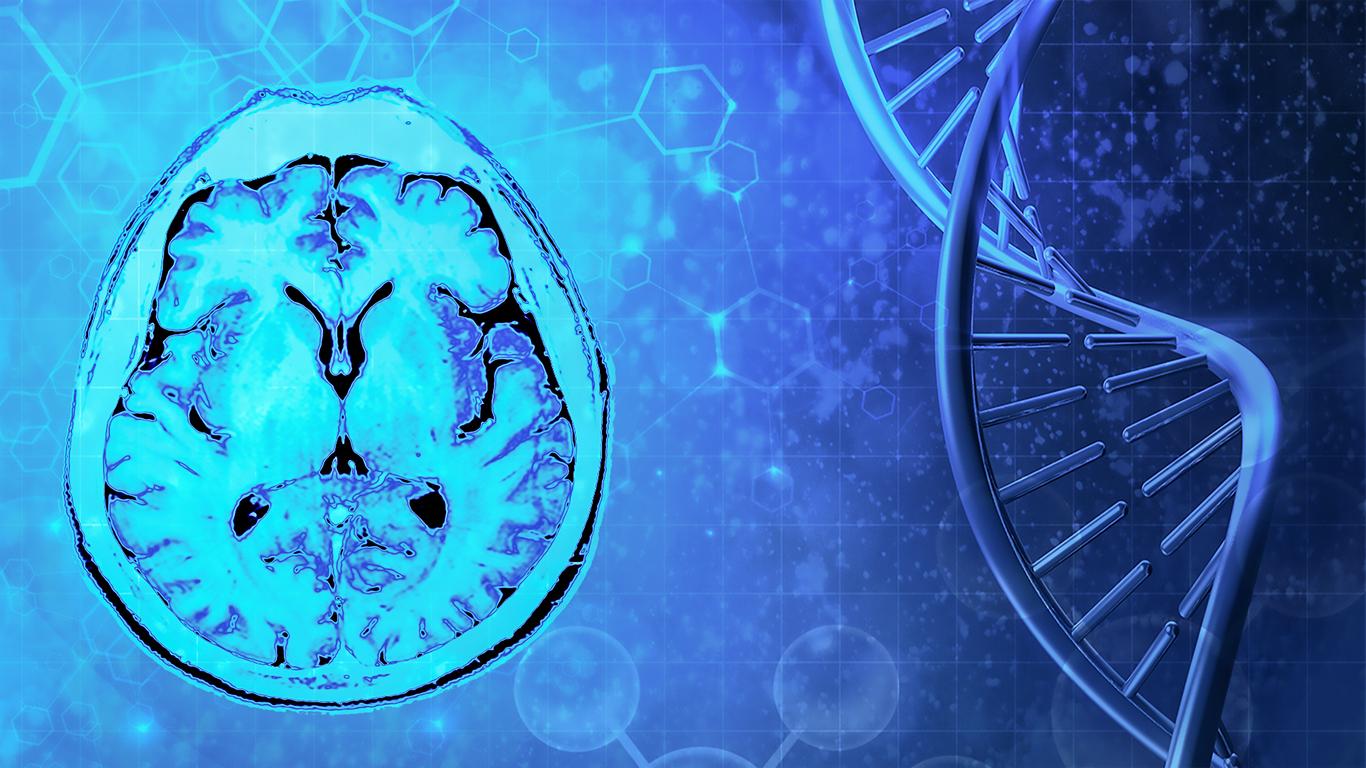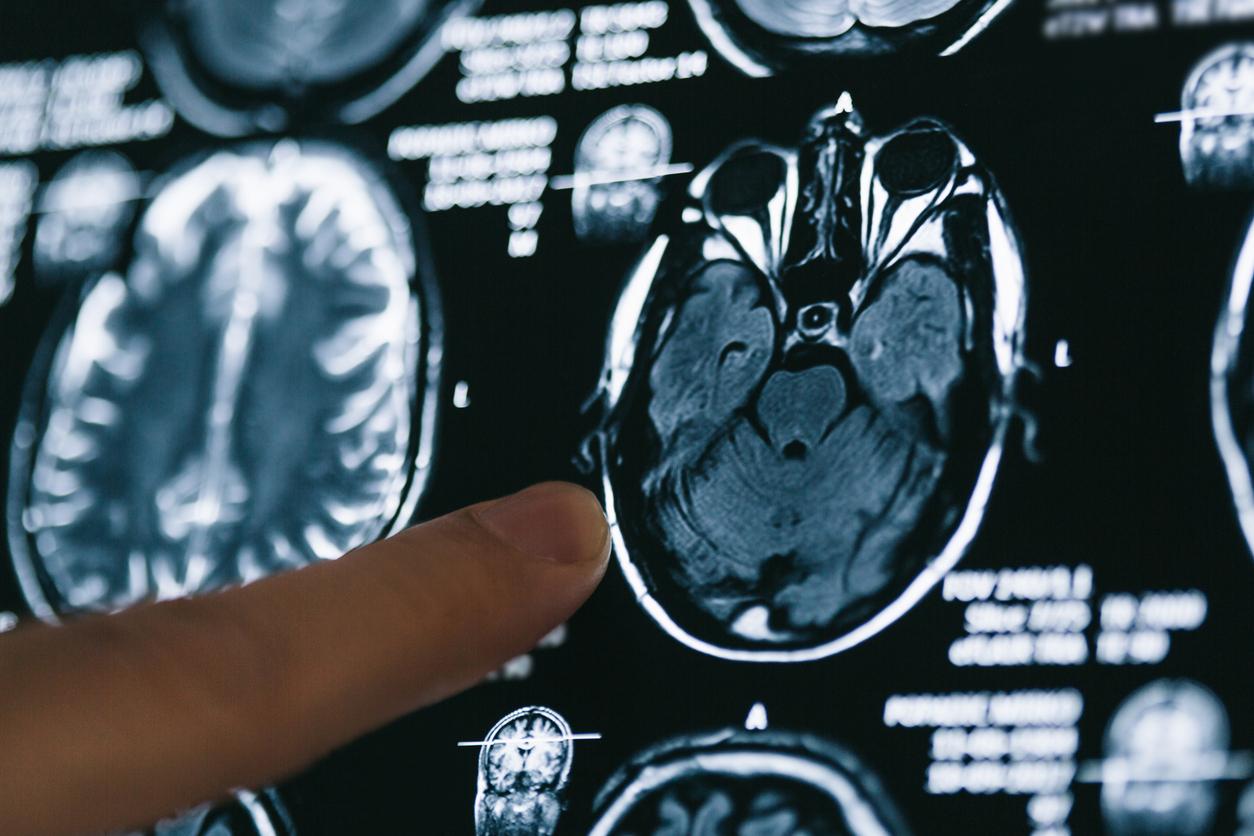By applying shocks to an egg, the yolk inside behaves like the brain bathed in cerebrospinal fluid. By testing different types of impact on an egg, it is then possible to predict the brain damage that could happen to the brain.
-1611182096.jpg)
- In the event of a shock, the effects on the eggs and the brain are similar because the envelope which surrounds them absorbs part of the damage.
- The most dangerous shocks for the brain are those that cause the head to rotate.
On closer inspection, an egg has nothing to envy to a skull. In both cases, the outer shell is hard enough to withstand light shocks and the most important part (the egg yolk or the brain) is protected by a shock-absorbing liquid. Based on this observation, researchers from the University of Pennsylvania (United States) studied the reactions of an egg subjected to shocks in order to better understand the cranial trauma that could happen to the brain. The results of their study were published in the journal Physics of Fluids on January 19, 2021.
Shake the yolk inside the shell
Inside the skull, the brain is bathed in cerebrospinal fluid, which serves to absorb shocks. In the most common head injury, concussion, the brain is violently shaken and the damage is absorbed cerebrospinal fluid. However, the brain does not emerge unscathed from this collision, which can lead to brain damage. It is to measure the mechanisms of the impact on the brain that the researchers decided to use eggs. With this technique, they believe they can predict brain damage in this type of shock.
“Critical thinking, coupled with simple experiments in the kitchen, has led to a series of systematic studies to examine the mechanisms that cause egg yolk distortion.”, says Qianhong Wu, a biomedical engineer at Villanova University in Pennsylvania. Although the approach used is unusual, the researchers assure that the results of this study provide a better understanding of how soft materials, such as brain tissue, move and deform when exposed to external forces.
In this study, the researchers began by measuring the material characteristics of an egg yolk and its outer membrane, so that they could then quantify the stress the eggs experienced during the laboratory experiments, which involved two setups. “To damage or deform an egg yolk, one tried to shake and spin the egg as fast as possible”, says Qianhong Wu. The eggs were subjected to three types of impacts which showed how the yolks were compressed and stretched in different directions.
More violent damage when spinning
For their first attempt, the researchers tested a linear impact, where the brain is hit in one direction and bounces off the skull. In a second step, the emphasis was placed on the rotational forces that rotate the brain in the skull. Finally, in the last, the spinning eggs were abruptly stopped, which distorted the yolk during deceleration. “We believe rotational impact, especially rotational deceleration, is more harmful to brain matter”, points out Qianhong Wu.
The study found that spinning head impacts are a better predictor of TBI risk than linear acceleration. These results echo the general consensus that the brain is more sensitive to rotational movements than to linear movements. However, this does not mean that we should underestimate linear impacts, which are also vectors of concussions.
.

















